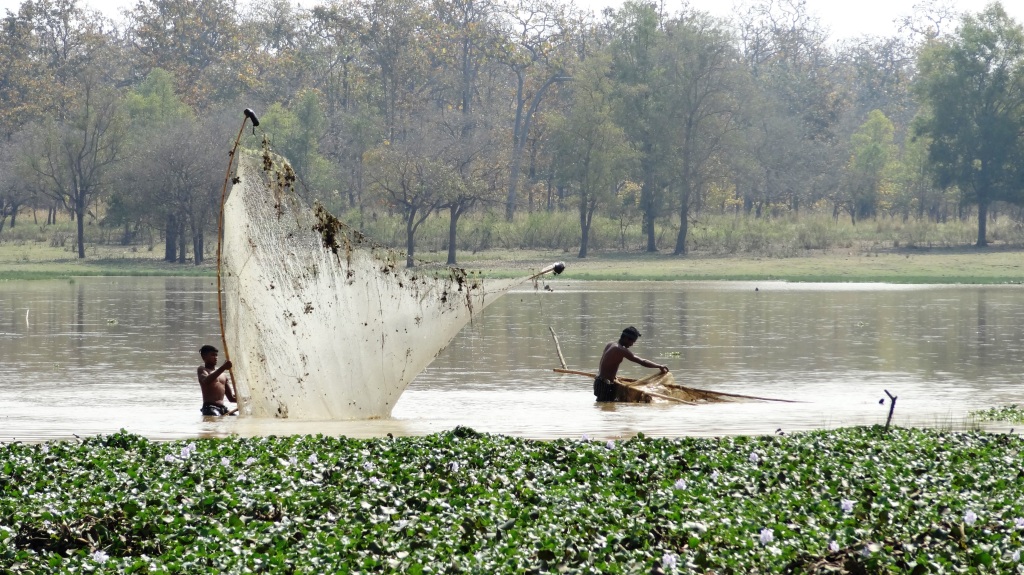
Conservation of biodiversity and management of protected areas in Myanmar face many challenges. In Myanmar, as well as in many other southeast Asian countries, a major environmental challenge is to reduce human disturbances on landscape and biodiversity. For example, increased deforestation and forest degradation in Myanmar have resulted in a large reduction of forested areas. Together with destruction of other habitats and ecosystems this has led to loss of biodiversity, which will have severe negative impacts on human livelihood.
Project objectives
- Strengthen knowledge on nature management; wetlands, protected areas, wildlife and endangered species
- Implement the National Wetland Policy
- Develop and implement management plans for protected areas
- Compile Red List for species
- Implement restoration plans
Conservation of biodiversity and management of protected areas in Myanmar face many challenges. In Myanmar, as well as in many other southeast Asian countries, a major environmental challenge is to reduce human disturbances on landscape and biodiversity. For example, increased deforestation and forest degradation in Myanmar have resulted in a large reduction of forested areas. Together with destruction of other habitats and ecosystems this has led to loss of biodiversity, which will have severe negative impacts on human livelihood.
In phase I, The Biodiversity project provided and implemented an Action Plan for Improved Wetland Management, and ensured development of a National Wetland Policy for Myanmar, management plans for protected areas were developed, in addition to capacity building and training of staff (Norwegian Environment Agency and in Nature and Wildlife Conservation Division Forest Department).
In phase II, the biodiversity project will continue to build on earlier work from and focuse on training courses, educational programs, implementation of measures of the national wetland strategy, implementation of management plans for conservation areas, and on species management – including endangered species.
Project partners
Nature and Wildlife Conservation Division, Forest Department, MONREC and the Norwegian Environment Agency.